 Blessed Damien of Moloka’i is one of my favourites, along with saints like the Cure d’Ars.
Blessed Damien of Moloka’i is one of my favourites, along with saints like the Cure d’Ars.He confounds the worldly just as the blessed St John Vianney did. They cannot fathom what to them looks like foolishness. But it is the foolishness of the Divine and therefore all the more blessed.
What I like about Fr Damien is his humanity as much as anything.
He was cranky, impatient, bad-tempered when crossed and not always easy to deal with. His human failings somehow make his holiness shine all the more brightly. They also somehow make him so much closer to us who share his faults but not his holiness.
Indeed, it was really only Joseph Dutton, the reformed alcoholic and divorcee, who was able to really get close to Damien. Damien called him Brother Joseph and they became as one in their friendship and love of God.
Damien was a great traditionalist. None of your namby-pamby, half-baked liberal Catholicism for him, nor your wishy-washy ecumenical maunderings that try to pretend that all faiths are roughly the same. He was having none of that: he wanted to convert people to the Faith and so save their souls. He wanted his charges to be eternally happy forever with God.
He also did his best to give his poor lepers the best he could, even – nay especially – liturgically. He did his best to make his liturgy as impressive, solemn and ceremonial as possible but this, necessarily, was modest and humble since he had to select his choir from among the lepers and teach them himself.
Given their condition they did remarkably well under his tutelage but it was a truly moving sight to see these maimed and incapable lepers doing their best to play musical instruments and sing the chants and music of the Sacred Liturgy.
Their humble efforts must have been intensely pleasing to a God who loves the strivings of the humble.
Fr Damien considered them his pride and joy and loved to show them off to visitors who must have marvelled at the progress he had been able to make with them.
 Damien and his choir of lepers
Damien and his choir of lepers
Leprosy is a particularly horrid disease. Men simply rot away and they smell appalling into the bargain. Extremities fall off and horrible ulcers and sores form on the body. Now there is a cure for the disease but even so there are still many millions of lepers in the world.
Damien was born Jozef ("Jef") de Veuster, the seventh child of the corn merchant Frans de Veuster and his wife Cato Wouters in the village of Tremelo in Flemish Brabant.
He entered the novitiate of the Congregation of the Sacred Hearts of Jesus and Mary (the Picpus Fathers) in Leuven, taking the name of Damian.
On 19 March 1864, Damien landed at Honolulu Harbour as a missionary. There, Damien was ordained to the priesthood at the Cathedral of Our Lady of Peace, a church established by his religious order. He served at several parishes on the island of Oahu just at the start of the spread of leprosy, influenza and syphilis by the influx of foreigners.
Fearful of its spread, King Kamehameha V segregated the lepers of the kingdom and moved them to a settlement colony on the north side of the island of Moloka’i. The Royal Board of Health, run largely by Europeans, provided them with supplies and food but did not yet have the resources to offer proper healthcare.
While Msgr Louis Maigret, vicar apostolic, believed that the lepers at the very least needed a priest to minister to their needs, he realized that this assignment could potentially be a death sentence. He asked for volunteers and 4 priests came forward. Damien was one and he asked for permission to go to Moloka‘i.
On 10 May 1873, Damien arrived at the secluded settlement at Kalaupapa. Bishop Maigret presented Damien to the colonists as "one who will be a father to you, and who loves you so much that he does not hesitate to become one of you; to live and die with you."
The settlement was surrounded by an impregnable mountain ridge and water on all sides.
There were 816 lepers living at Kalaupapa. Damien's first course of action was to build a church and establish the Parish of Saint Philomena (a favourite saint of the Cure d'Ars).
He did not limit himself to a purely spiritual role. He took on the role of doctor, builder, carpenter, farmer, child-carer, nurse and many other roles as well. He dressed ulcers, built homes and beds and even built coffins and dug graves.
When Damien arrived the lepers were in a dreadful state - listless, depressed, neglected, suffering, robbing each other, some living under trees and there was much drunkenness and sexual immorality.
The kingdom didn't plan the settlement to be in such disarray but the government's neglect in providing much needed resources and medical help unfortunately helped to create the chaos. Damien's arrival was a turning point for the community. Under his leadership, basic laws were enforced, shacks became painted houses, working farms were organized and schools were erected.
By December 1884, Damien himself had contracted leprosy. Despite the discovery, residents claim that Damien worked vigorously to build as many homes as he could and planned for the continuation of the programmes he created after he was gone.
His constant prayer was for other priests and especially religious sisters for the children, most of whom were orphaned because of their disease.
Eventually they came. Louis Lambert Conrardy was a Belgian priest. Mother Marianne Cope was Superior of the Franciscan Sisters of Syracuse. Joseph Dutton was an American Civil War soldier who left behind a marriage broken because of alcoholism but became Fr Damien’s most faithful and trusted companion, ever-patient and tireless in work. James Sinnett was a nurse from Chicago.
Fr Conrardy took up pastoral duties, while Mother Marianne organized a working hospital. Brother Joseph attended to the construction and maintenance of the community's buildings. James Sinnett nursed Damien in the last phases of the disease, closing his eyes upon Father Damien's death at the age of 49 from leprosy.
King David Kalakaua bestowed on Damien, during his life, the honour of Knight Commander of the Royal Order of Kalakaua.
When the King was away on a trip abroad, his daughter, Princess Lydia Liliuokalani, a gifted an intelligent woman, went to Moloka’i to see for herself what could be done to help her people. She visited the settlement to present a medal to Damien and was greeted with as much pageantry and ceremony as the poor lepers and their blessed priest could summon up. It was pathetically touching to see such efforts.
Her Royal Highness Princess, later Queen, Liliuokalani of Hawaii
She intended to make a speech to her suffering people but was so deeply touched by the scene that all she could do was weep and weep.
She was so moved, in fact, that she became a determined supporter of Fr Damien and was determined to acclaim publicly Damien's efforts and tell the world. Consequently, Damien's name was spread across the United States and Europe. Even American Protestants raised large sums of money for the missionary and the Church of England sent food, medicine, clothing and supplies.
Eventually, the disease caught up with Damien. He began to preach to his lepers saying “We lepers” and they knew that he had truly become one of them.
Fr Damien died in the wooden parish house he had made by his own hands, lying in his cassock, surrounded by his new helpers, priests, brothers and sisters and at peace because his flock would not be abandoned at his death. It had been his one fear that once he himself caught leprosy his flock would be abandoned when he died. But now he could die in peace and, as he put it, be with God in heaven for Easter.
On 15 April 1889, he gave up the ghost, quietly, peacefully and calmly departing this life to rest from his most strenuous labours, mourned by his leper flock who wept as, for his Requiem and burial, they carried him to the Church he had re-built with his own hands.
It was Holy Week.
...















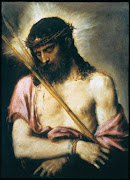



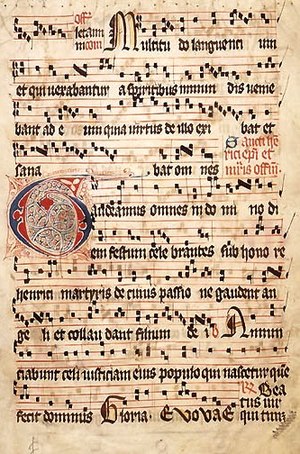

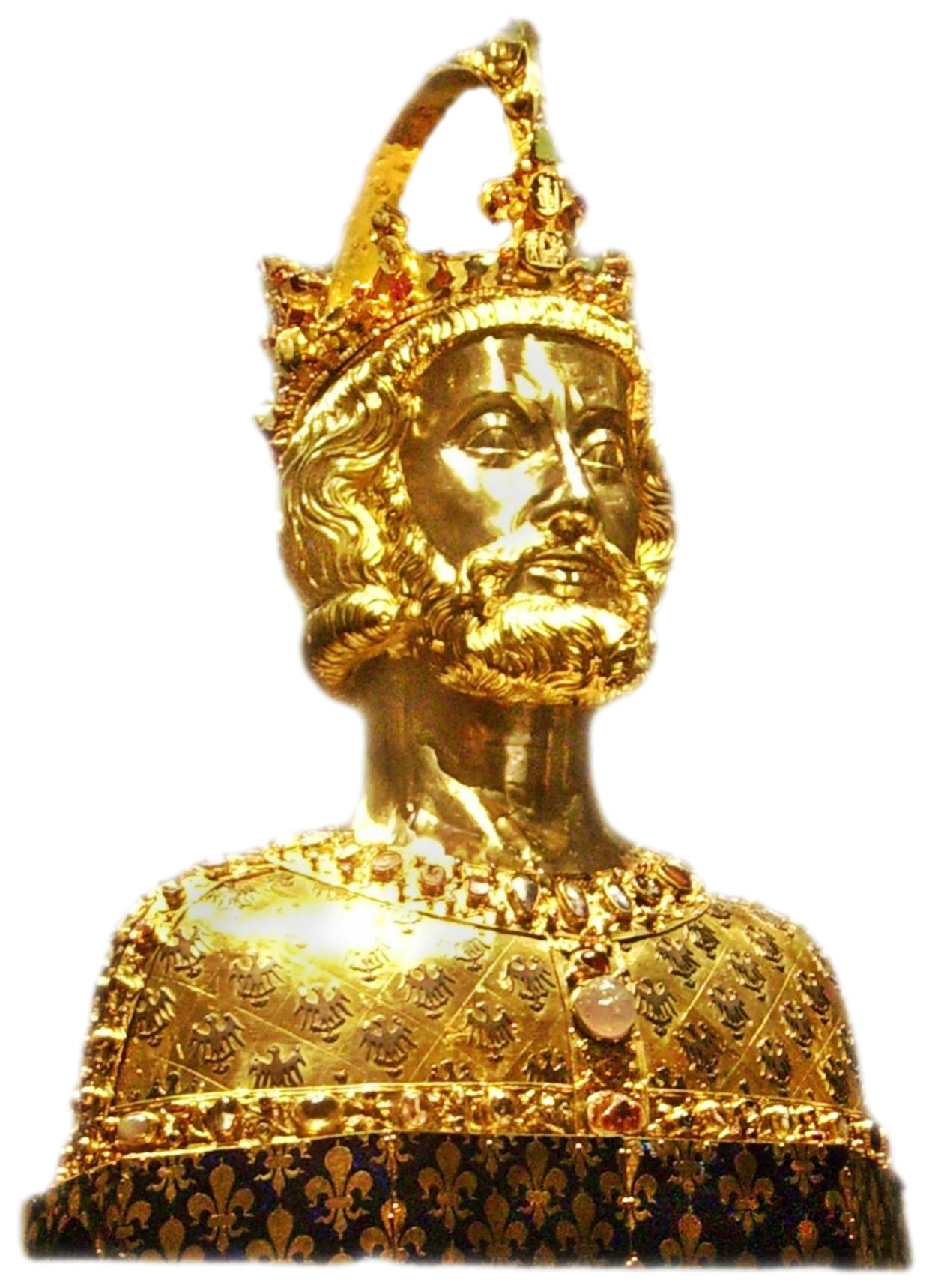



.jpg)





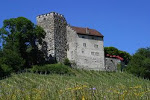


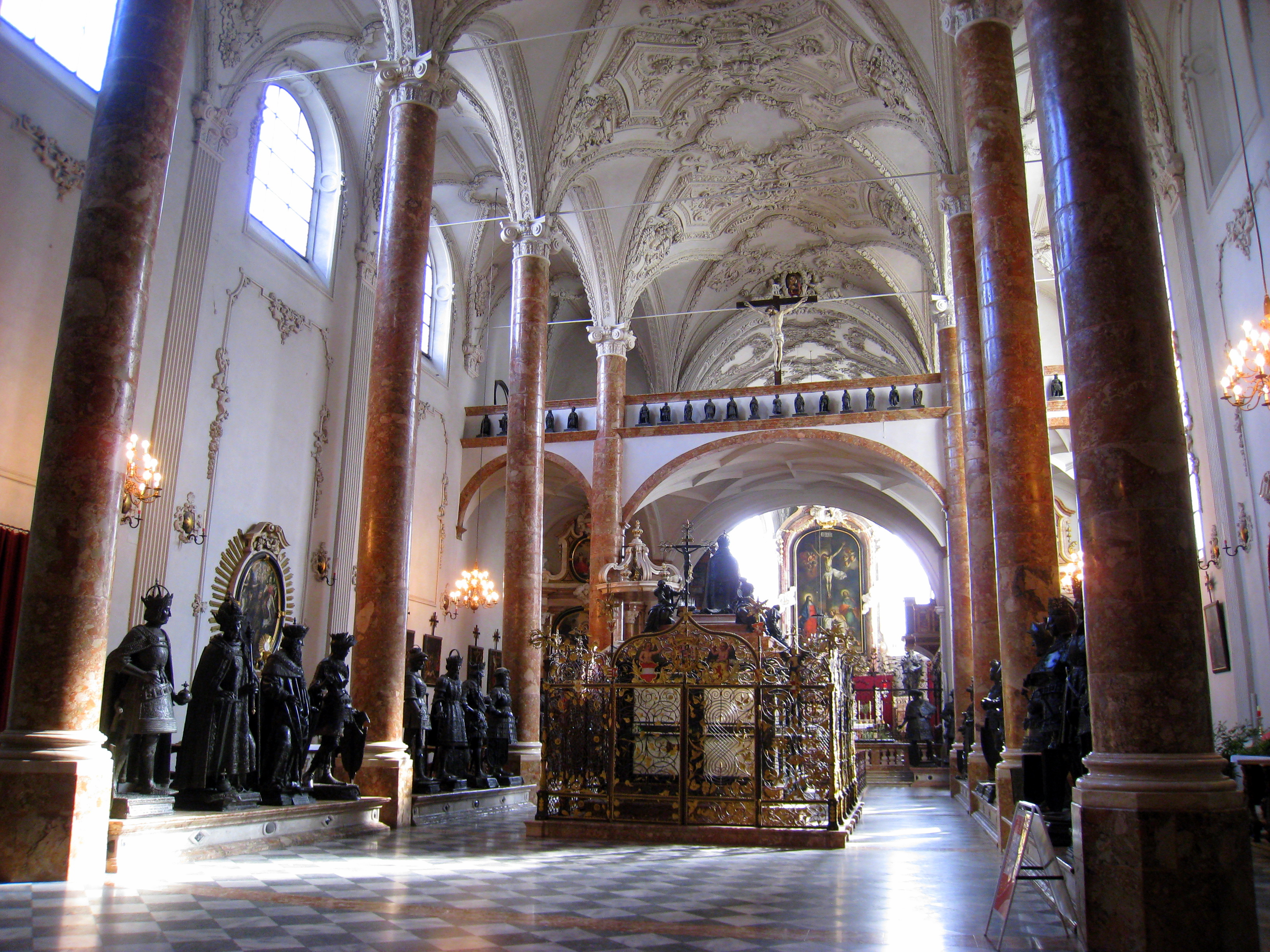


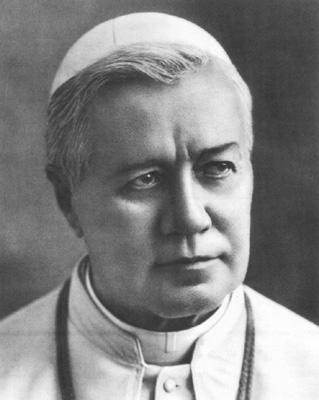










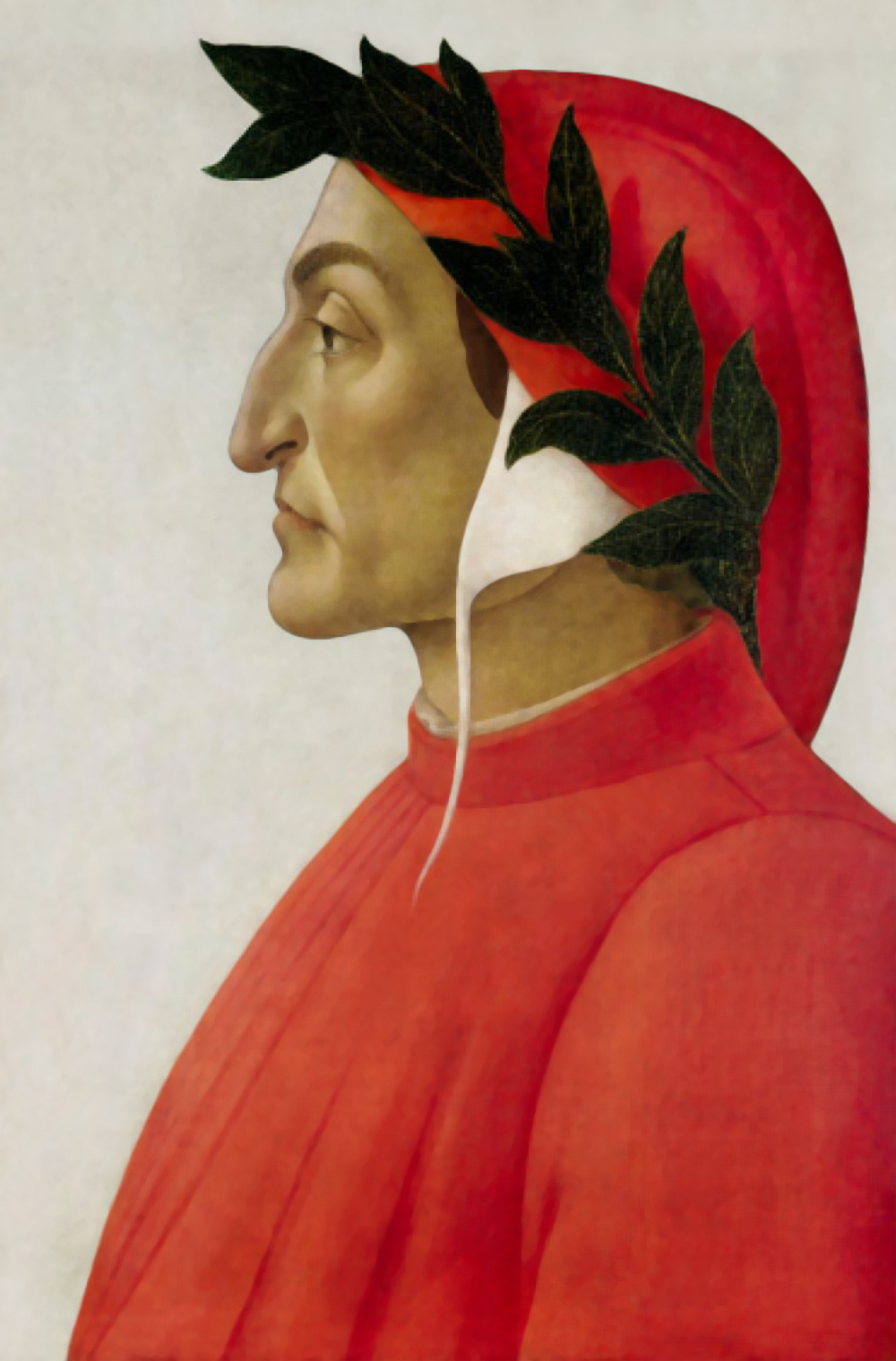



_-002.jpg/220px-Circle_of_Anton_Raphael_Mengs,_Henry_Benedict_Maria_Clement_Stuart,_Cardinal_York_(ca_1750)_-002.jpg)


